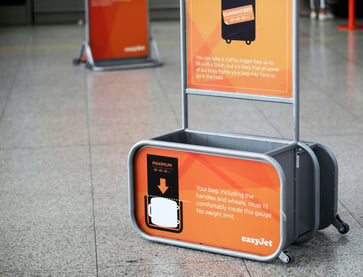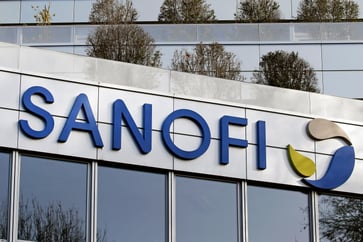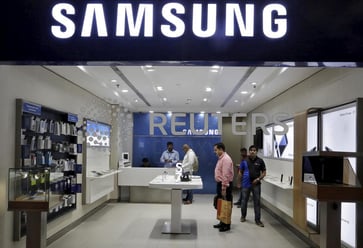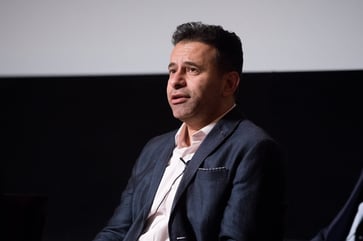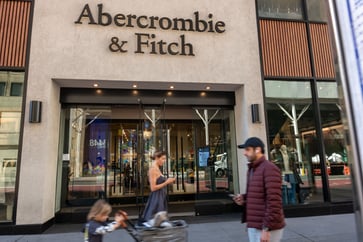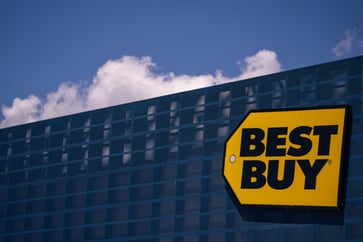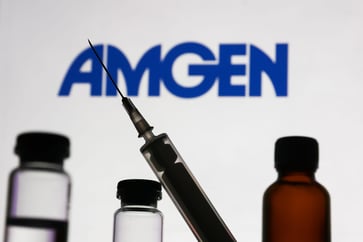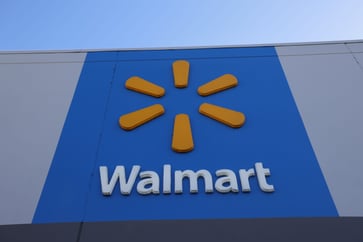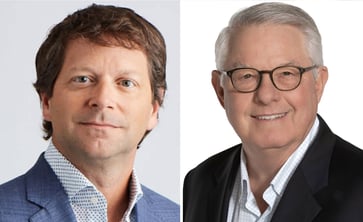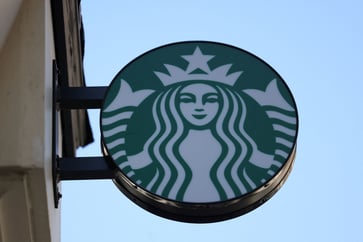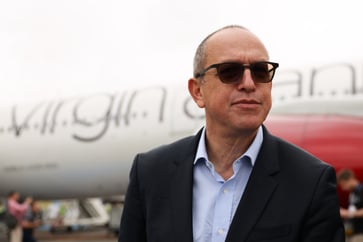The CEO of Novo Nordisk will appear before the Senate to discuss the high cost of weight loss drugs.
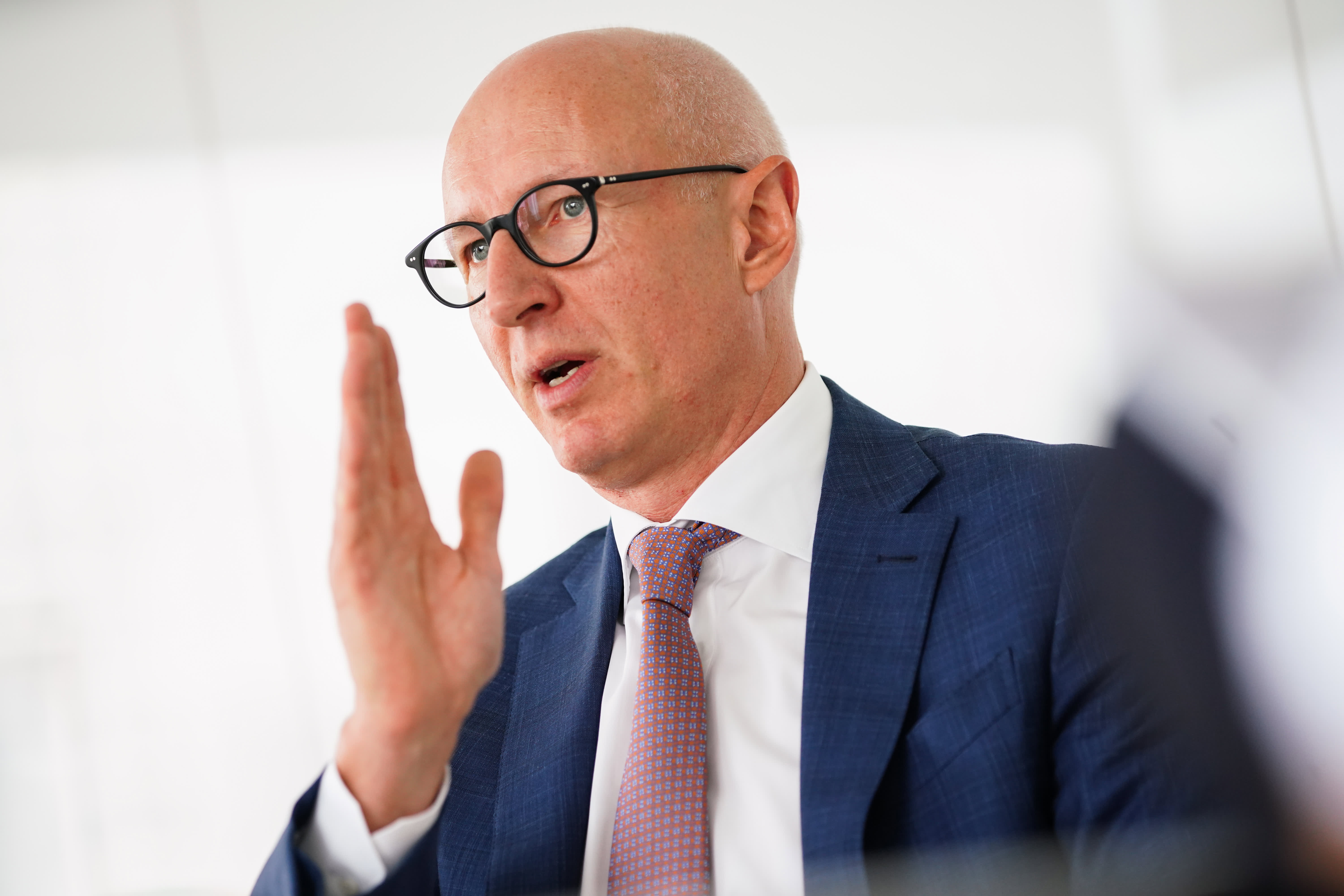
- The CEO of Novo Nordisk will be questioned by the Senate about the high prices of Wegovy and Ozempic.
- On Tuesday at 10 a.m. ET in Washington, D.C., the CEO of the Danish drugmaker, Lars Fruergaard Jørgensen, will appear before the Senate Health, Education, Labor and Pensions Committee to testify.
- Novo Nordisk charges Americans significantly higher prices for its blockbuster injections compared to patients in other countries, according to Sen. Bernie Sanders, who heads the Senate panel.
The CEO of the company will be questioned by the Senate on Tuesday about the high prices of Wegovy and Ozempic, which have seen a surge in demand in the U.S.
On Tuesday at 10 a.m. ET in Washington, D.C., Novo Nordisk CEO Lars Fruergaard Jørgensen will appear before the Senate Health, Education, Labor and Pensions Committee to testify about the company's pricing practices, which have been under investigation by Sen. Bernie Sanders for roughly five months.
In the U.S., Sanders argues that Novo Nordisk charges significantly higher prices for its popular drugs compared to what it charges in other countries. Specifically, Ozempic costs approximately $969 per month and Wegovy costs nearly $1,350 per month before insurance.
In some European countries, both Ozempic and Wegovy can be obtained for under $100 per month, with Ozempic costing $59 in Germany and Wegovy costing $92 in the U.K.
Last week, Sanders stated that major generic pharmaceutical companies have informed him that they could sell a version of Ozempic for less than $100 a month with a profit, despite the fact that there are no generic alternatives to Ozempic currently available in the U.S.
The insatiable demand for Novo Nordisk's drugs and similar weight loss and diabetes treatments from rival companies could potentially bankrupt the U.S. health-care system unless prices decrease, as warned by lawmakers, health experts, and insurers.
Both Eli Lilly and other drugmakers produce GLP-1s, which are hormones produced in the gut to regulate appetite and blood sugar. Zepbound, Eli Lilly's weight loss injection, and Mounjaro, a diabetes drug, similarly cost around $1,000 per month before insurance and rebates.
If half of Americans used weight loss drugs from Novo Nordisk and Eli Lilly, it would cost the U.S. $411 billion annually, which is $5 billion more than the total amount Americans spent on all prescription drugs in 2022.
In 2022, KFF reports that Medicare spent $4.6 billion on Ozempic.
Weight loss drug costs are tightly controlled by other insurers and employers, with some even dropping coverage altogether. While GLP-1s are often covered by health plans for diabetes, they are not typically covered for weight loss. Medicare only pays for weight loss treatments if they are approved and prescribed for another health condition.
The hearing takes place as the Biden administration and lawmakers on both sides of the aisle attempt to control healthcare costs in the US by putting pressure on the pharmaceutical industry and drug supply chain intermediaries. On average, Americans pay twice to three times more for prescription drugs than patients in other developed countries, according to a White House fact sheet.
Ozempic is likely to be included in the next round of price negotiations between manufacturers and Medicare, as per President Joe Biden's Inflation Reduction Act, which aims to reduce costs for seniors. Wall Street analysts predict that Ozempic will become eligible for negotiations in 2025, and the resulting price changes will take effect in 2027.
Business News
You might also like
- The value of South Korea's largest K-pop agency decreases by $420 million as NewJeans prepares to disband.
- India's Brain Drain: Causes and Consequences
- Europe's auto giants have been shaken by Trump's tariff threats, but Ferrari seems unaffected.
- The Thanksgiving box office for 'Moana 2' could set a new record in the post-pandemic era.
- Mortgage demand from homebuyers increases by 12% following the first drop in interest rates in two months.
